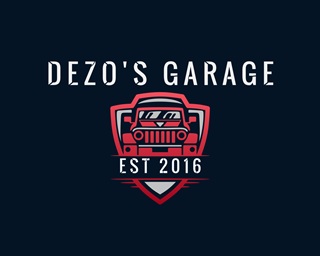Merkur History

In the early 1980s, for various reasons, buyers of traditional American luxury brands such as Cadillac, Chrysler, and Lincoln began to shift their buying preferences towards European-produced cars from Audi, BMW, Mercedes-Benz, and Volvo. As a response, Japanese automaker Honda launched Acura in 1985 with their contemporaries Nissan and Toyota, later developing Infiniti and Lexus, respectively. In its own response, Ford created the Merkur (German for Mercury) franchise for select Lincoln-Mercury dealers in the United States and Canada; approximately 800 Lincoln-Mercury dealers would take on Merkur franchises. Building on the success of the original Mercury Capri (during the 1970s, the most imported car in the United States aside from the Volkswagen Beetle), Ford intended to import cars (the Ford Sierra and Ford Scorpio) targeted toward European import buyers, a market that Lincoln-Mercury did not have any competitive vehicles ready for sale.
When the Merkur name was launched in North America, advertising and PR materials strongly urged the proper German pronunciation of the brand name. Below the Merkur badge was a script stating Ford Werke AG-Cologne, West Germany, indicating the car's place of manufacture.
The Merkur model line consisted of two models: the three-door XR4Ti hatchback and the five-door Scorpio hatchback. North American regulations dictated a number of modifications to the design of the vehicles, which meant that Ford could not import the German Sierra and Scorpio produced from the factory and sell them in dealerships. Major changes were related to the fitment of 5 mph bumpers, lighting, and powertrain modifications to meet emissions requirements.
For Ford Motor Company in North America, the Merkur project was not considered a success, as annual sales never reached even the modest level of 15,000 units at the make's peak; each authorized dealer was selling only one to two Merkur vehicles monthly on average. Increasing exchange rates of the Deutsche mark led to unstable pricing, with the Scorpio rivaling the Lincoln Town Car in price while bearing a resemblance to the far more affordable Mercury Sable sold on the same showroom floor.
In the end, the largest factor in dropping the Merkur line was the impending requirement to fit the XR4Ti and the Scorpio with either a passive restraint system or airbags to meet North American safety requirements. As their sales no longer justified the expense of the conversion (their European counterparts would not receive airbags until they were replaced in 1994), the Merkur line was discontinued altogether. The XR4Ti was dropped first and the Scorpio a few months later in 1989, bringing the marque to an end.
The Ford Contour would be the next attempt from Ford in 1994 to sell one of their European models in North America, being a modified American-built version of the Ford Mondeo. However, Ford, under Alan Mulally's "One Ford" plan, would gradually introduce European-designed Ford models built in North America to succeed American-designed Ford passenger cars starting with the reintroduction of the Ford Fiesta in 2008, the third-generation Ford Focus in 2012 and culminating in the redesigned Ford Fusion for 2013.
